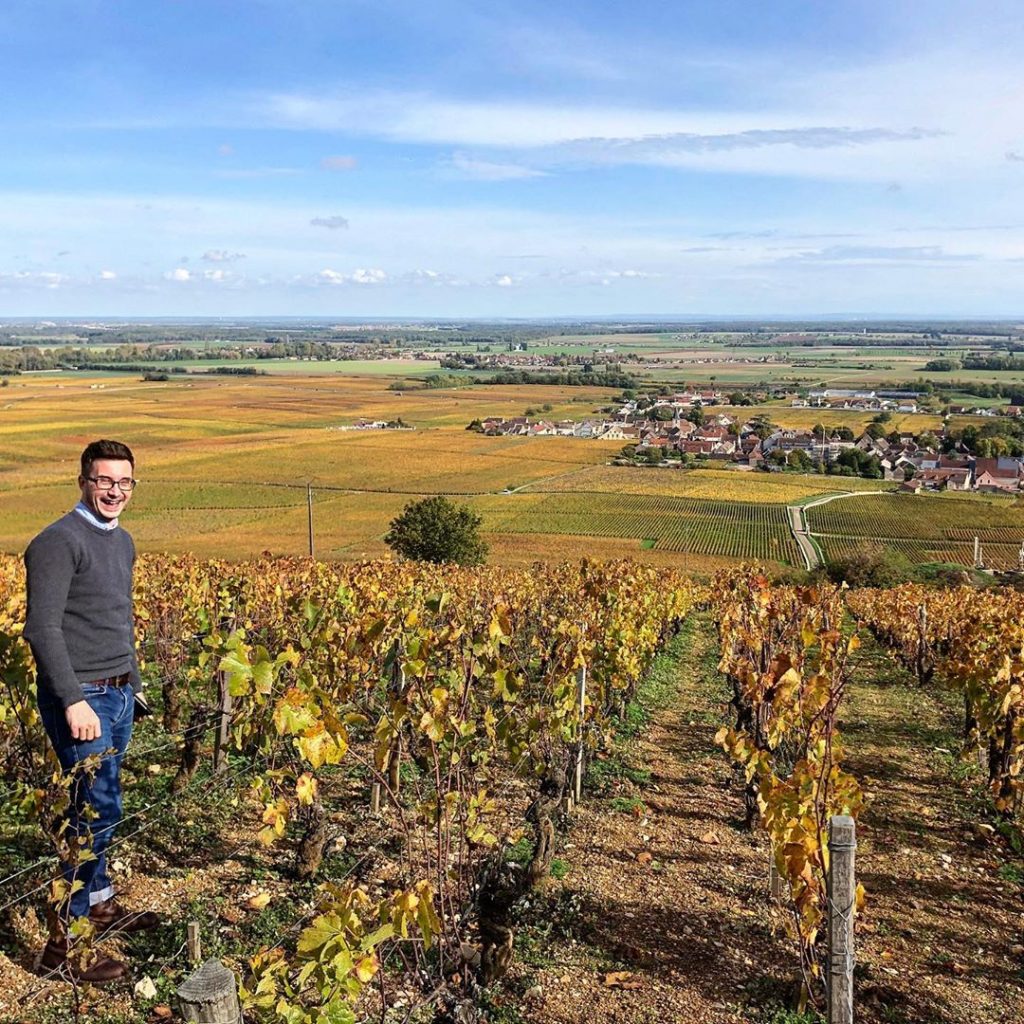Burgundy 2018: first impressions
Author: Adam Bruntlett

This piece comes two weeks into my annual five-week autumn barrel tasting trip to Burgundy – this year to taste the 2018s – ahead of our January en primeur offer. So far, our days have been split fairly evenly between the Côte de Beaune and Côte de Nuits, seeing up to seven different suppliers per day and tasting between 70 and 100 wines per day. The Mâconnais and Chablis, already visited once each in the spring, will get a follow-up next week, as well as a final tidy-up of any stragglers before a group from our Fine Wine team – numbering a huge 14 this year – descends on Burgundy to check in on around 40 of our key suppliers. By the end of the marathon, I expect to have tasted around 2,000 wines.
The format of each visit is fairly simple; we spend time with each of our suppliers, tasting through the range of wines they have made in 2018, and discussing the season in both vineyard and cellar, in an attempt to draw out the threads that make up the overall tapestry of the vintage. At the end we hope to have a clear understanding of how good the wines are overall, as well as the key factors that affected the character and profile of the wines, and which village, estate, soil type and indeed individual vineyard site came out best. It’s safe to say that on a detailed level, 2018 is fascinating and my subsequent vintage report will expand upon this.
Initial impressions have been very positive; firstly, as is often the case, good vignerons and winemakers have made good wines. The 2018 vintage will be remembered for its warm and dry summer, and the risk for those who got it wrong was of hot and overripe wines. We’re fortunate, however, to have a really strong core of growers whom we trust, and who have track records of making great wines in even the most challenging vintages.
For the whites, volumes are very good and this appears to have preserved balance in the wines, the generous crop nullifying the effects of the warm summer. These are not as classic as 2014 or ‘17, but for me are similar to – but a cut above – ‘15, a current favourite of mine. The reds are not as abundant, slightly down on ‘17 in volumes terms. At their best, they can be really wonderful, and there is much pleasure to be had even at Bourgogne level thanks to the vintage’s ripeness. The tannins are beautifully ripe. The wines possess plenty of stuffing and the best have a real mineral freshness. I expect the reds to gain more structure over the second winter and become serious, age-worthy wines.
Keep an eye out for further Burgundy updates on the blog over the coming months



Please provide me an updates.